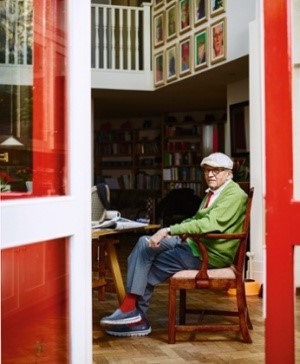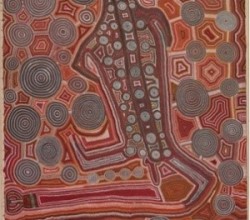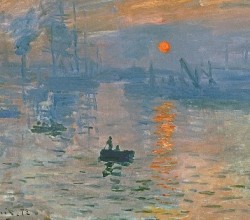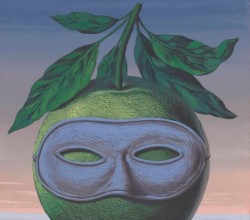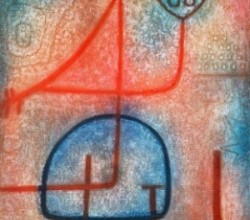
Julian Barnes: “art doesn’t just capture the thrill of life… sometimes it is that thrill”
Julian Barnes | The Guardian | 2nd May 2015
While obviously written as a promo for Barnes’ new book, this essay is still a gem. Barnes shares his personal experience of looking at art and his love of modernism. Puzzlingly, Barnes, a major literary figure and art critic, seems to hope for unanimity: “Braque thought the ideal state would be reached when we said nothing at all in front of a painting. But we are very far from reaching that state.”


